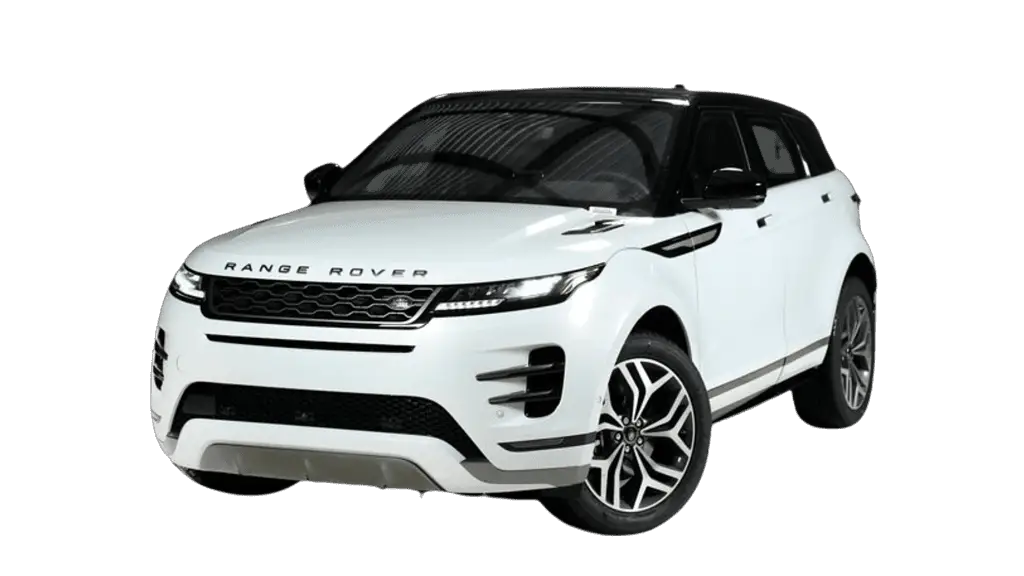A car needs to be jump-started when its battery is dead or not functioning correctly. If you don’t know how to fix this problem, it can leave you stranded or stuck somewhere you don’t want to be. In this post, we’ll cover how to jump start a Range Rover.

The battery is an essential component of a car’s electrical system, providing power to start the engine and run various electrical components, such as the headlights, radio, and windshield wipers. When the battery is dead, the car will not start, and a jump start will be necessary to get the engine running again.
Several reasons a Range Rover’s battery may die or become damaged. One of the most common reasons is simply aging. As the battery ages, it can lose its ability to hold a charge, leading to a dead battery.
Other factors that can contribute to a dead battery include:
- Cold weather – Cold temperatures can reduce the effectiveness of a battery, making it more challenging to start a car.
- Lack of use – If a vehicle is not driven regularly, the battery can drain and eventually die.
- Electrical problems – If there are problems with the car’s electrical system, it can drain the battery and cause it to fail.
- Leaving lights on – Accidentally leaving the headlights or other lights can drain the battery, leading to a dead battery.
How To Jump Start A Range Rover
Jumping a dead battery is a common problem many car owners face, and knowing how to jumpstart your car safely and effectively is essential. If you own a Range Rover, you’ll want to make sure you know how to jump-start it if you ever find yourself in a situation where your battery has died.
If you get into your Range Rover and push the Engine Start button and the car fails to start, or you hear a faint clicking sound coming from the engine bay, then chances are high that you have a dead battery.
Note: Jump starting a Range Rover from a jump starter pack isn’t always recommended as it could harm the electrics. Therefore, it is prudent to avoid this situation is it is possible. It is prudent to find out what drained the battery – left the lights or any other electric element on? Is the battery old and doesn’t hold a charge? A battery replacement is necessary rather than jump-starting if it is the latter.
Here’s a comprehensive guide on how to jump-start a Range Rover:
Step 1: First, gather the necessary tools and materials. You’ll need a set of jump cables, a working vehicle with a charged battery, and a pair of gloves to protect your hands (optional).
Step 2: Position the working vehicle close to the Range Rover, with the two cars facing each other. Make sure the vehicles are not touching, and there is enough space between them for you to work safely.
Step 3: Turn off both vehicles and engage the parking brakes. If it is auto, ensure it is in Park Mode and neutral, plus handbrake on if it is a manual gearbox.
Step 4: Locate the batteries in both vehicles. A Range Rover usually has two batteries in separate locations – in the cargo area right of the passenger’s side panel and under the hood. You’ll need to move the passenger seat forward or pop the hood to access the battery.
Step 5: Put on your gloves (optional) and remove the plastic covers from the battery terminals on both vehicles.
Step 6: Connect one end of the red jumper cable to the dead battery’s positive terminal on the Range Rover. Connect the other side of the red jumper cable to the positive terminal of the working battery.
Step 7: Connect one end of the black jumper cable to the working battery’s negative terminal. Connect the other side of the black jumper cable to a metal surface on the Range Rover, such as a bolt or a piece of metal on the vehicle’s frame.
Step 8: Start the working vehicle and let it run for a few minutes to allow the battery to charge.
Step 9: Try starting the Range Rover. If it starts, allow it to run for some minutes to allow the battery to charge.
Step 10: Disconnect the jumper cables in the reverse order you connected them. Start by removing the black jumper cable from the metal surface of the Range Rover and then from the negative terminal on the working battery. Next, remove the red jumper cable from the working battery’s positive terminal and the Range Rover’s positive terminal.
Step 11: Replace the plastic covers on the battery terminals on both vehicles.
By following these steps, you can successfully jump-start your Range Rover and get it running again. Now if you want you can check the jump-starting process for Mini Cooper by clicking here.
Back to the main topic, always use caution when working with batteries, as they can produce sparks and cause an explosion if mishandled.
Note: It is important to note that jump-starting a car is not always a successful solution, and in some cases, the dead battery may need to be replaced. Exercise caution when jump-starting a car is also essential, as the process involves handling and connecting electrical components. If you are unsure how to jump-start a car or feel uncomfortable attempting the process, it is recommended to seek the assistance of a professional mechanic.
How To Maintain And/Or Extend The Life Of Your Car Battery To Avoid Jump Starting
Extending the life of your car battery can save you money and frustration. Additionally, it can help you avoid cases or instances of having to jump-start your Range Rover.
Here are some tips to help you do just that:
Keep your battery clean and dry.
Dirt and grime can build up on the battery, creating a layer of insulation that prevents the electrical current from flowing correctly. Use a solution of baking soda and water to clean the battery and terminals, and dry them thoroughly.
Check the electrolyte level.
The electrolyte solution in a car battery should cover the lead plates inside the battery cells. If it’s too low, add distilled water to bring it back up to the proper level.
Avoid deep discharges
Deep discharging, or fully draining the battery, can shorten its life. If you’re not using your car regularly, try to start it and run it for a few minutes every week or so to keep the battery charged.
Keep the battery charged.
A battery constantly running low on charge will wear out more quickly than one regularly charged. If you’re not driving your car often, consider using a battery maintainer to keep it charged.
Avoid extreme temperatures
Both hot and cold temperatures can be tough on car batteries. In hot weather, the electrolyte solution can evaporate, reducing the battery’s capacity. The battery’s ability to hold a charge is reduced in cold weather. Try to park your car in a cool, dry place whenever possible.
Also, if you’re thinking about whether you can jump-start your car in the rain or not, you might find the answer quite surprising because you actually can!
Use a high-quality battery.
Cheap batteries may save you money upfront, but they may not last as long as more expensive ones. Investing in a high-quality battery can pay off in the long run.
Jump-starting a car uses a fully charged battery from another vehicle to create a car with a dead battery. This is typically done by connecting the two batteries with jumper cables and allowing the excellent battery to transfer some of its charges to the dead battery, thereby starting the car’s engine with the dead battery.
Whether you own a Range Rover or any other model or make, it is essential to follow specific steps when jump-starting the car to ensure the process is done safely and effectively. The steps we have highlighted above will get you safely and in no time.


